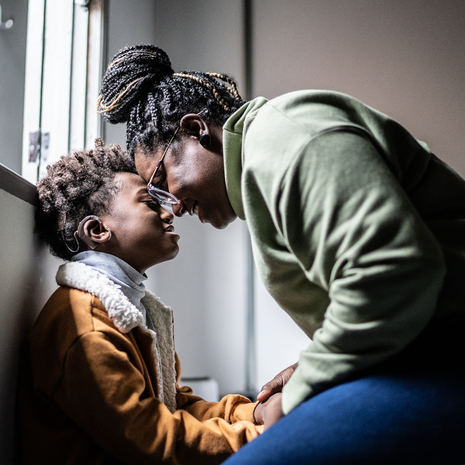
Scope of Services



The Pediatric Inpatient Rehabilitation (IRU) program at St. Luke's Children's Hospital typically serves patients from 1-13 years of age; however, each case is reviewed individually. Patients 14 and older are generally admitted to St. Luke’s Rehabilitation Hospital, which is adjacent to St. Luke’s Children’s Hospital.
We accept patients from across Idaho and surrounding regions. Physician referrals are required to start the review process.

Diagnoses considered appropriate for admission include but are not limited to:

Our team supports patients in improving their ability to care for themselves, including tasks such as grooming, toileting, bathing, dressing, walking, talking, feeding and/or other daily tasks.

We support patients that may have body function or structure challenges such as neurological motor impairments (hemiparesis, paraplegia, spasticity, ataxia, etc.), cognitive difficulties, orthopedic limb restrictions, neurogenic bowel/bladder, loss of vision and/or trouble swallowing.

We also help patients improve their ability to participate in their community, school, and home environments (i.e., managing community accessibility, school reintegration, church and/or family life, obtaining driver's license, etc.).

Patients may require support for issues related to adjustment, coping and/or family dynamics secondary to diagnosis.
Patients are continually monitored to determine the ongoing needs and appropriateness of participation in our comprehensive inpatient rehabilitation program. Patients will be evaluated to determine progress toward treatment goals and the necessity of continued treatment.
Input from the patient/family and the members of the interdisciplinary team are used to continually update the treatment plan and discharge planning.
A patient is considered eligible for continued stay when: